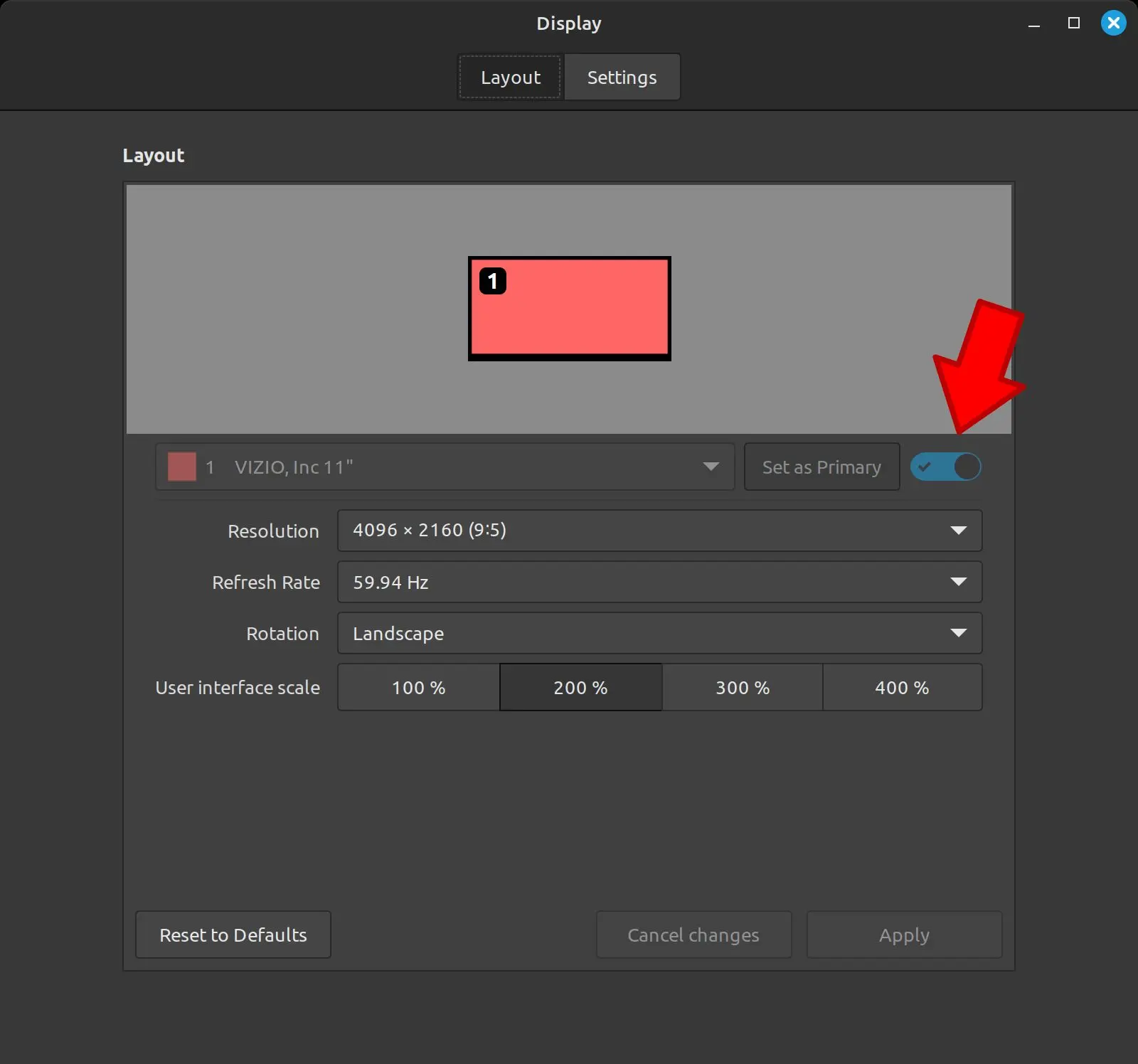I have a thinkpad T480 with LMDE and up until about two months ago it would work with this Samsung commercial display TV, although it never played audio from the TV like it was supposed to.
Now when I plug in the HDMI cable the screen turns black (not blue, which is when there’s no signal). If I go into display it shows that the TV is connected.
I know that this isn’t a hardware issue because I’ve used the same HDMI cable and laptop on a different TV and it worked fine. xrandr also says that HDMI-2 is connected.
Help
does
dmesgorjournalctl -fgive any hints as to whats going on as you connect the cable?The journalctl command returns [UFW BLOCK] IN=wlp3s0 OUT=(long string of numbers)
did it have some sort of error or failure? if it did, are you able to copy/paste several lines before and afterwards?
This output is just for the network firewall.
In this case, you might want to ignore all messages with this pattern.Perhaps look into other messages
@countrypunk @linux I’ve had similar issues that I’ve attributed to me using i3, but the fix might work for you. Run ‘xrandr’ and find the name of your TV output (I see yours is HDMI-2), and then run ‘xrandr --output HDMI-2 --auto’. That should make the screen work. If audio still isn’t working and you use pulseaudio, open ‘pavucontrol’ (graphical program for changing audio settings, recommend downloading it if you don’t have it). You can probably find a command that does the same thing with just ‘pactl’, but ‘pavucontrol’ will be way easier. On the tab for configuration/options, you’ll have a drop down for audio output settings. Change it to something that has HDMI in the name, and that might fix it. I have a T490 and this has always been an issue for some reason, but the above steps get the display working and audio routed. Hopefully my fix works for you!
So the xrandr auto command didn’t do anything. I downloaded pavucontrol and selected the HDMI configuration. It says that it’s plugged in and that audio is playing, but no actual audio plays. Very strange.
- Any recent software updates that you might find relevant?
- It would be good to know which distro you use
- “Samsung commercial” would make me believe it doesn’t get automatic updates, but just in case, that is also a factor.
- Does the TV work with other input sources on the same port?
- Reading “Samsung”, I would assume it has multiple input ports. What was the result with other ports.
I mentioned in my post that I use LMDE. There aren’t any recent software updates that I recall specifically that did it. The TV does work with other people’s laptops in the same port. There’s two HDMI ports on the TV and they give the same results. The TV is a dumb TV.
LMDE
Oops! I thought it was some obscure DE.
Considering your points, it seems to be most probably some configuration issue.
Might even be that some of the automated monitor/display configuration tools (might be some GUI settings thing) wonked out and reconfigured something.If your system has some shortcut combination for selecting external monitor/connected projector/mirror screen, perhaps you can try that.
Also, since you mentioned
xrandr, I would assume X Session. You can also usexrandrto check and set the monitor configuration. Not just whether it is connected, but also location (left/right/up/down) and screen resolution of each display separately. Perhaps trying those could tell you what is happening.
Maybe you just need to “enable” it in the display settings of your DE.
The GUI display settings for mint Debian edition don’t have an enable/disable button on my machine. It shows that the TV is connected as monitor 2.
You should have a display enable/disable switch in LMDE’s “Display” settings GUI, though it shouldn’t be necessary? Please try another (few) cable(s) because they do vary. Anecdote: I’ve heard of Samsungs being picky like this and only refusing to work with that one device you are trying to use.

Edit: Can your mouse pointer or windows get to the missing screen? Also
xrandr -qshows display status.



